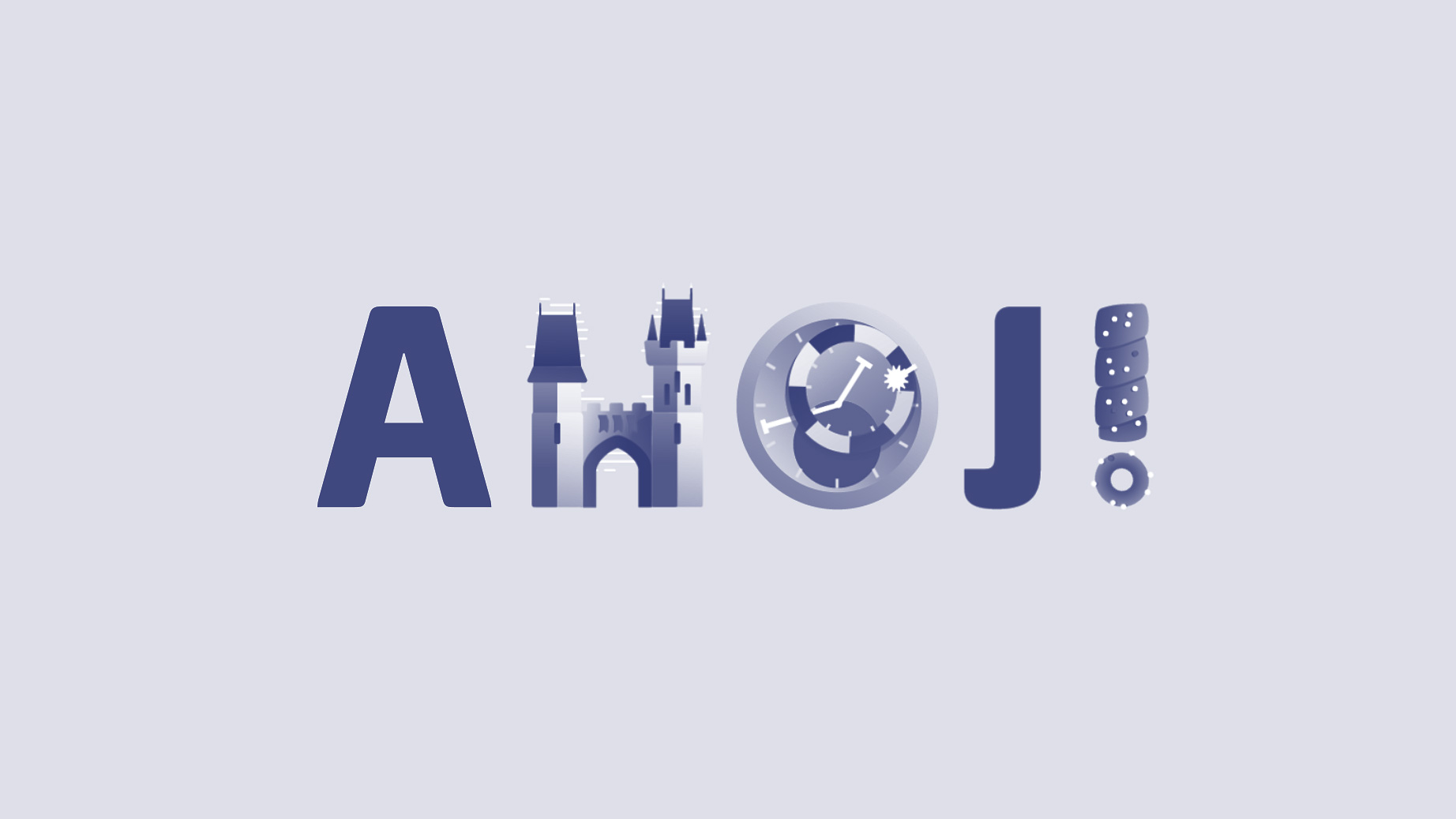
9 November 2018
Why Animation?
A good friend recently asked me about the advantages of animations as we produce them. After almost ten years in the industry, you would think that I shook the answer to this question off my sleeve, but after some stuttering I noticed that I wanted to give it some serious thought. Therefore, for the interested readership: Why actually animations?
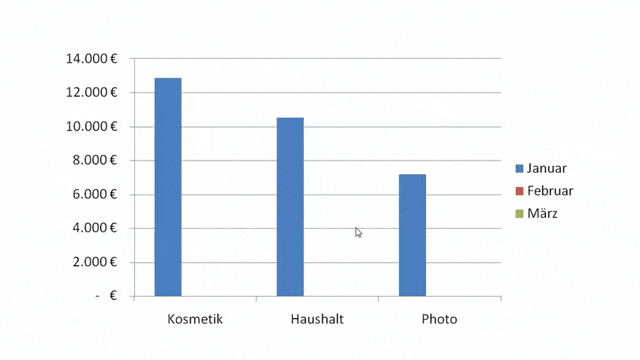
Fig. 1a: A classic PowerPoint bar chart animation. Yes, it serves its purpose. But it looks boring.
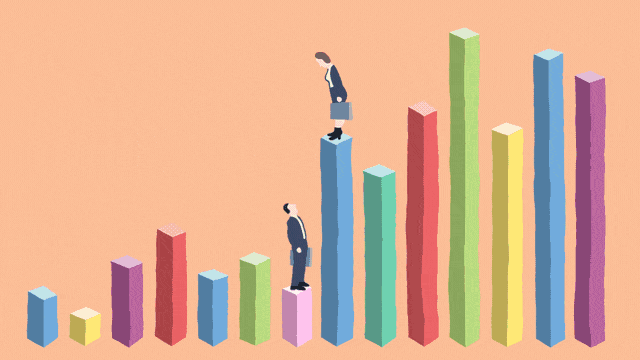
Fig. 1b: A bar chart animation could also look like this. Which of the two variants stands out? Which one is more memorable?
Unique selling point and recognition value
One of the tasks of our animation videos is to reproduce complex or extensive content in an easily understandable and entertaining way. This works through a well thought-out concept, a well told story, a distinctive graphic style and, if appropriate, a pinch of humour. In this way, viewers are captivated and the things they see are well remembered.
A creative approach to the visual realization makes it possible to create a unique visual language, which is fun and gets memorized. In my opinion, an animation has not only the task to inform, but also to entertain. In this way you stand out from the crowd of existing videos, arouse emotions and leave behind a positive feeling.
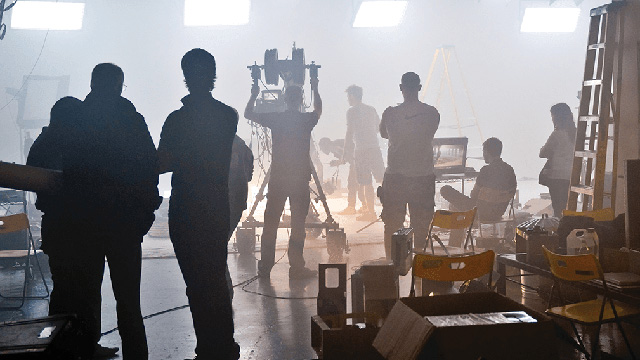
Fig. 2a: Camera, crew, lighting, direction, technology, location, catering...
That can cost. Fortunately it‘s no outside shoot, because today it's raining.
(Source: www.raindance.org)

Fig. 2b: This is Michael. He models a photorealistic 3D product on his PC. Bad weather? Doesn't matter.
The cost-benefit issue
The question "What does an animation cost?" is nearly the same as the question "What does a car cost? Without a precise staking out of ideas, goals, field of application and target group this is often difficult to answer. But I dare to say: In the high-quality sector, animated films are often comparatively cheap compared to real films. Sometimes an animation is the only way to realize a difficult-to-access scenario or an abstract idea, or to present products in an extraordinary way.
Further advantages that prove to be effective in the long run: Graphics, which were created in the context of the animation, can be used without large additional expenditure for the further use in print campaigns or on the Website from the web icon to the monthly employee magazine.
Another important argument is the easy updating of content. Do the appearance of the products or the company change? Employees who appear in the film are no longer employed? These aspects can be quickly adapted in an animation, without cost-intensive reshootings.
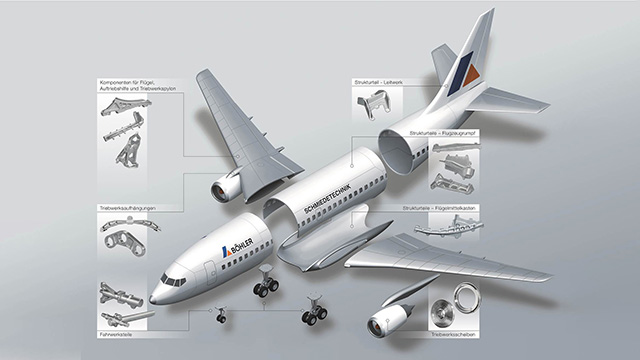
Fig. 3a: Explosion graphic of a Boeing. Please do not try with real airplanes! (Source: voestalpine Böhler Edelstahl)
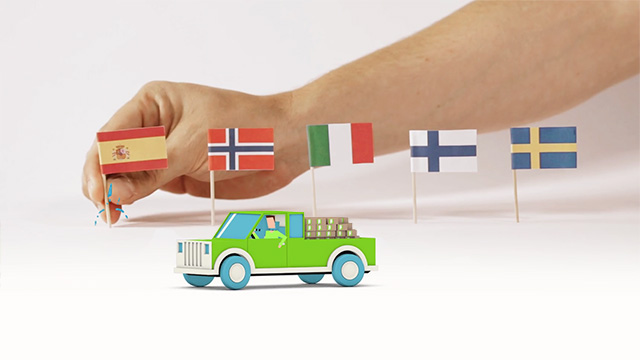
Fig. 3b: Products are delivered by delivery van to various countries - vividly, creatively and entertainingly presented in one picture.
bottom line
An animation combines disciplines such as illustration, film, audio, storytelling, typography, graphic design and much more. A successful animated film thus transports information to the viewer on several levels. Audiovisual content is processed much faster and more sustainably than text. If the animation is additionally peppered with humorous elements and the story is told in an exciting way, the film leaves a lasting positive impression. The content seen is noticed much better, the connection to the company is strengthened and customer loyalty is strengthened.
(Gernot Stefl)






